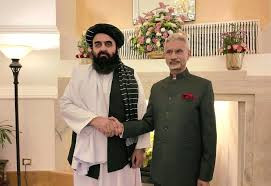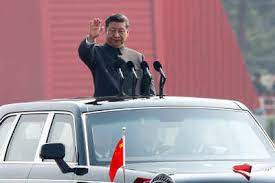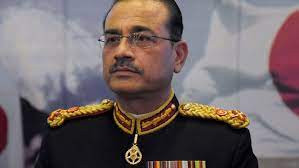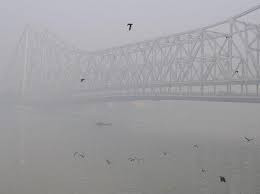Zelensky’s Warning as Drone Strike Leaves 150,000 in Darkness, Homes and Railways Hit, Civilian Killed in Car Blast
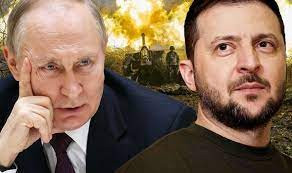
IIE DIGITAL DESK : The harrowing escalation of Russia’s ongoing aerial assault, drones launched by Kyiv’s forces plunged some 150,000 residents into darkness after strikes tore through railway infrastructure and residential areas. One civilian tragically died when a car was hit in the blast, marking another grim chapter in the intensifying Ukraine‑Russia conflict.
According to Ukrainian authorities, the recent drone attacks targeted critical railway systems, severing power lines and plunging entire neighborhoods into blackout. Infrastructure damage disrupted rail services, and reports from Kyiv confirmed widespread outages affecting multiple districts. Moments later, a drone strike ripped into a civilian vehicle, killing the driver instantly while commuters looked on in shock.
President Volodymyr Zelenskyy condemned the strikes in strong terms, reiterating that these attacks against non-military targets amount to war crimes. He insisted that civilian lives and essential public utilities must not be weaponized, appealing to global leaders for urgent intervention. He highlighted that such indiscriminate attacks erode the possibility of any ceasefire and called for sanctions stronger than ever to curb Moscow’s aggression .
Eyewitnesses described the scene with chilling detail: a once-busy street transformed into chaos under the hum of drones, with power lines sparking and homes shuttered. Rescue teams rushed into darkness to pull survivors from shattered glass and twisted metal. Family members of the victim recalled the flare of emergency lights cutting through the night as the grieving extended into early morning.
These strikes align with a broader pattern of intensified Russian drone and missile assaults across Ukraine. Multiple regions—including Kyiv, Odesa, Dnipro, Chernihiv, Kharkiv, and Sumy—have experienced repeated bombardments that disrupted hospitals, metro shelters, and residential complexes. A maternity hospital in Odesa suffered significant damage, and Kyiv’s metro station was engulfed in smoke after direct targeting during a civilian sheltering period.
National data reveals the scale: Russia reportedly launched over 300 to nearly 500 drones in various assaults, together with ballistic and cruise missiles. Ukraine’s air defense claims to have intercepted most, yet dozens of drones still found their mark. Damage included shattered windows in Kharkiv and Odesa, ruptured roofs, burned-out cars, and casualties both dead and injured, including children and elderly civilians .
In the face of mounting violence, Zelenskyy reiterated Ukraine’s plea to Western allies: this is not the time for silence, but for action. He called on the US, European nations, and global leaders to impose "maximum pressure" on Russia, including sanctions and expedited delivery of Patriot air defense systems. Germany has responded, promising five such systems in the coming days, and NATO allies continue coordination to meet Ukraine’s urgent defense needs .
Despite recent ceasefire attempts and a prisoner swap agreed during peace talks in Istanbul, Zelenskyy asserted that Moscow has rejected meaningful de-escalation, instead doubling down on nightly drone attacks. The frequency and scale of the bombardments have increased weekly, with Russia deploying upgraded Shahed drones capable of flying at low altitudes and high speeds. Kyiv has responded with covert strikes into Russian territory, but Ukraine remains under relentless pressure at home .
As darkness enveloped tens of thousands and the casualty toll mounted, this latest incident underscores the deadly impact of modern drone warfare on civilian life. For Ukraine, it is both a national tragedy and a forceful appeal to the international community: global solidarity is needed now, before the next strike hits closer to home.
You might also like!


